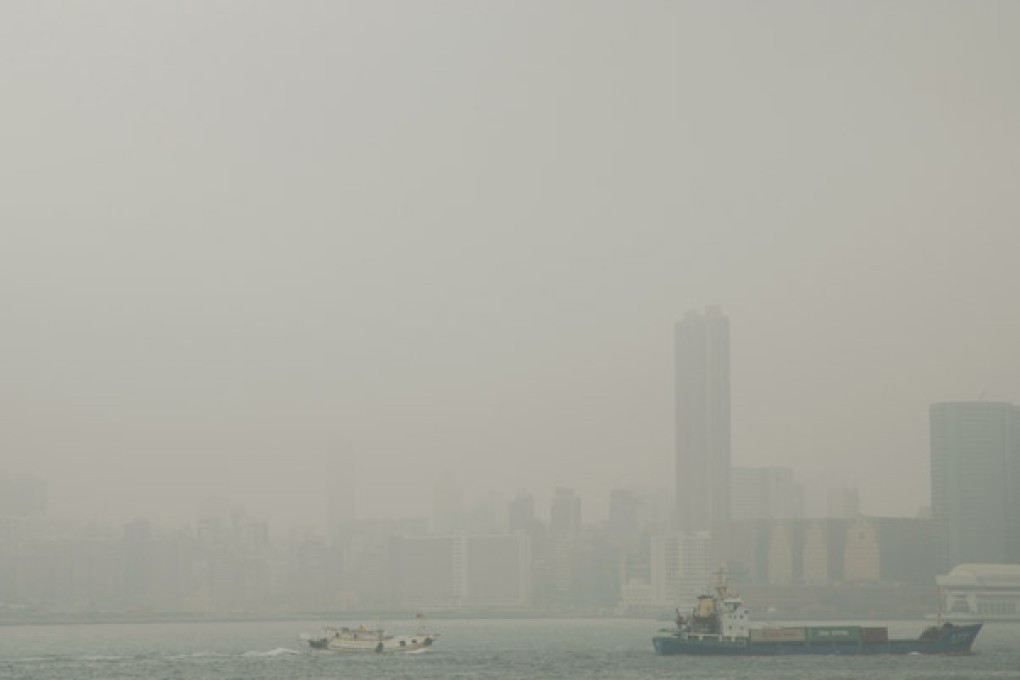Pollution Solutions
Our pollution problem seems utterly hopeless. But other cities have been where we are – and cleaned up. Five pollution-busters who beat the smog in their own cities give some advice to Hong Kong.

LOS ANGELES, USA
Population: 6 million
Problem-solver: Jim Lents, executive director of South Coast Air Quality Management District from 1986-1997.
The Problem: “In the 1970s and into the 80s, your eyes burned so bad that it was difficult to be on the streets in the afternoon. You could only take about half a breath of air. Visibility was so bad that tourists wouldn’t even be able to see the mountains surrounding the city.
“The cities weren’t doing a lot because they were afraid of offending the industries. But after pressure from environmental groups, the government started passing laws. One of the most important groups was the state legislature. Each county had individual agencies blaming each other and not wanting to do anything. So the state legislature created a single agency (the South Coast Air Quality Management District, or CAQMD) overseeing them all. It had a $30 million budget and 300 employees even in the 70s.”
The Solution: “You first have to identify the problem. Then the government has to be inspired to say, ‘We’re not going to take this anymore. We’re going to make radical changes.’ In our case, in1975, they started to hold legislative hearings to raise the visibility of the pollution issue. After the environmental groups made a big issue out of it with the state legislature, the first round of cleanup started in the 70s. A statewide Clean Air Act passed in 1987, starting the second round. In the 80s, we spent a lot of effort to understand the sources of our emissions. Then we started to develop cost-effective control measures. We looked at the situation in economic terms. We decided to spend up to US$10,000 per person on cleanup measures and pollution control equipment. You can clean up pollution for cheaper than that per person, but that’s the figure we decided on.
“We also came up with strict regulations on automobile and factory emissions. We even set regulations on barbecues and restaurants. Those that didn’t comply were fined heavily. When our group (CAQMD) had 1,000 employees and a budget of about US$100 million, the board of directors was changed because we thought it was getting too cozy. I believe these agencies need to reinvent themselves every decade or they become too interconnected with the industries they regulate. We put together a comprehensive air pollution management plan in 1989. It was revised in 1994, 1997 and 2000. Every few years, you have to step back and take a look at what new control measures should be considered.”
The Result: “Air pollution levels came down dramatically throughout the 90s. We were able to cut pollution in half from 1977 to 1987. And then we cut that in half from 1987 to 1997. Since then, our progress has been slower. The mobile sources of pollution have been controlled, but not the ports. That’s where the big battle is looming now. The ports are protected by international laws. Trains and ships are just being addressed. Los Angeles has one of the busiest ports in the world, second to Hong Kong or Singapore. It’s much more difficult to regulate. Now we are trying to get cleaner fuels and set up shore-side agencies. Otherwise, now you can see the mountains everyday. The job isn’t over, but we’ve made tremendous progress. It’s slow, very slow, but in the end, it’s very rewarding.”